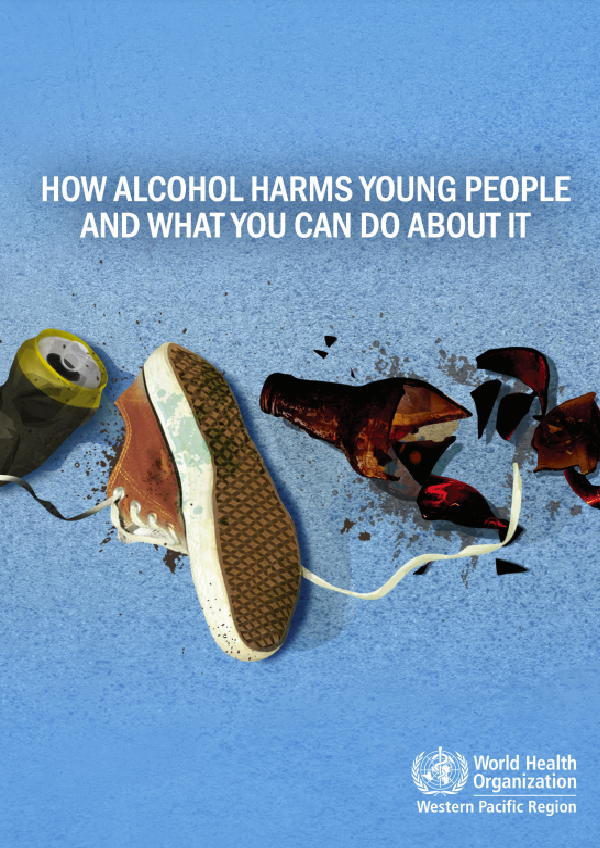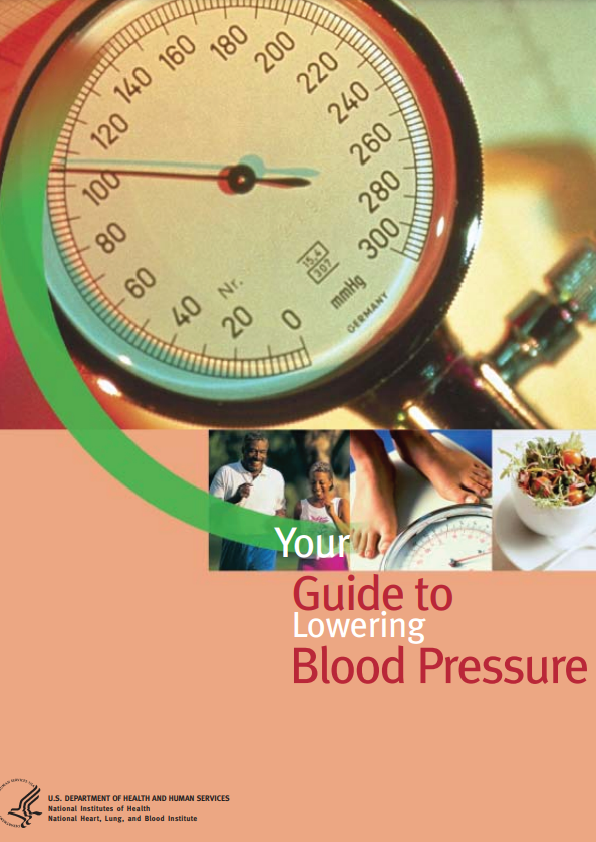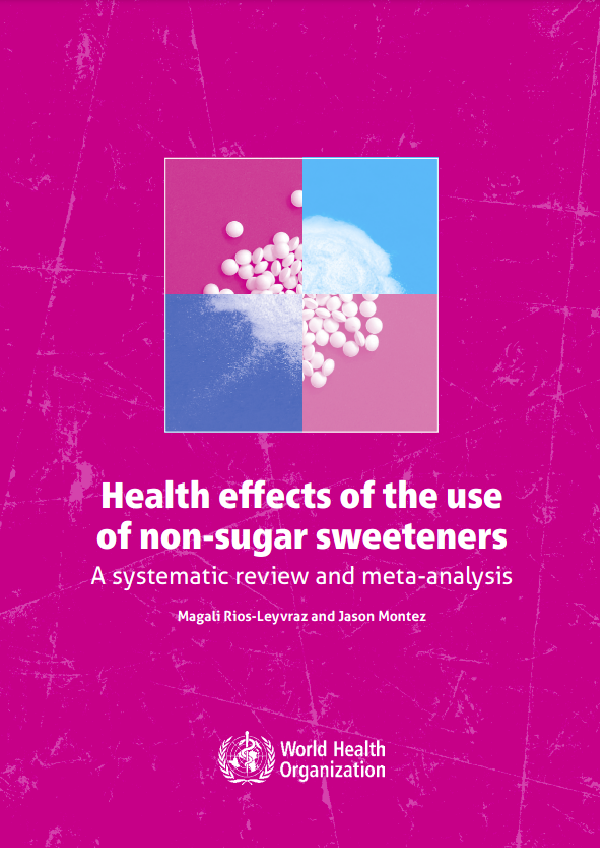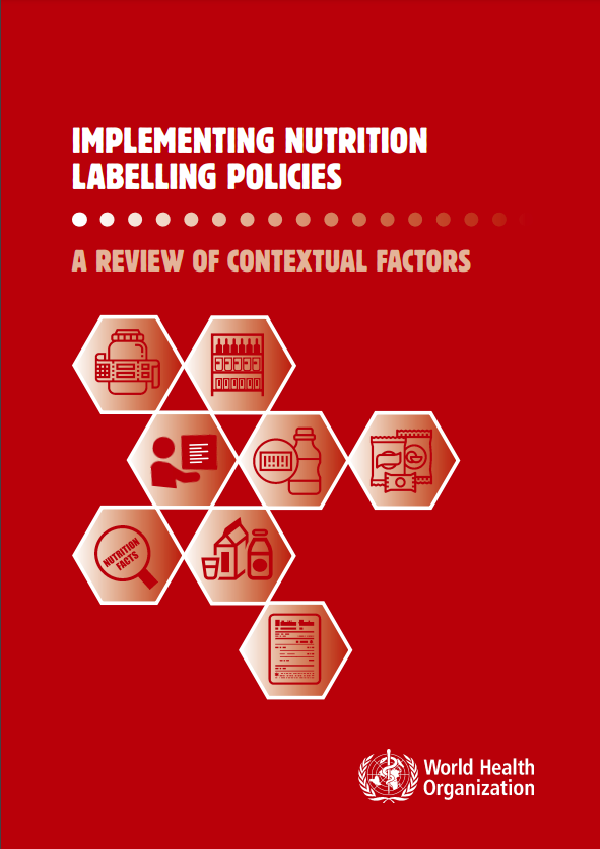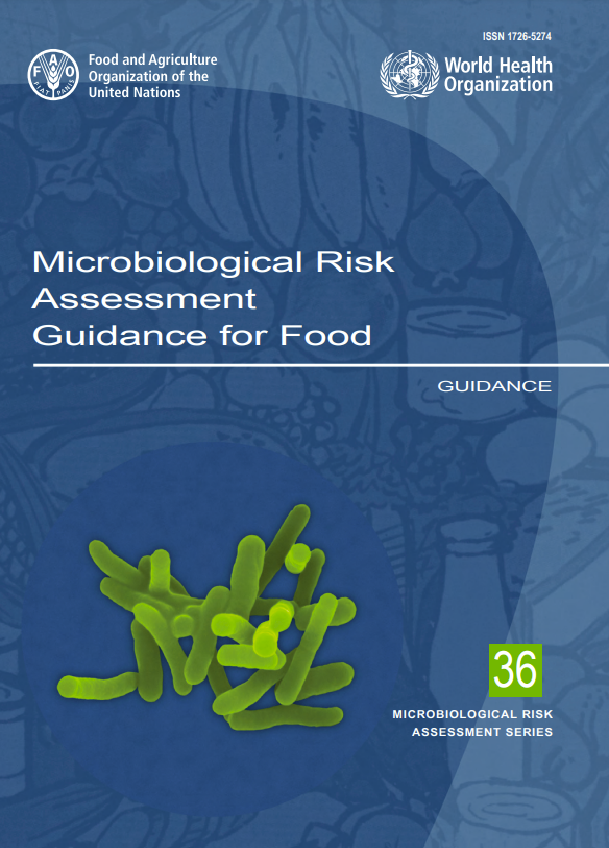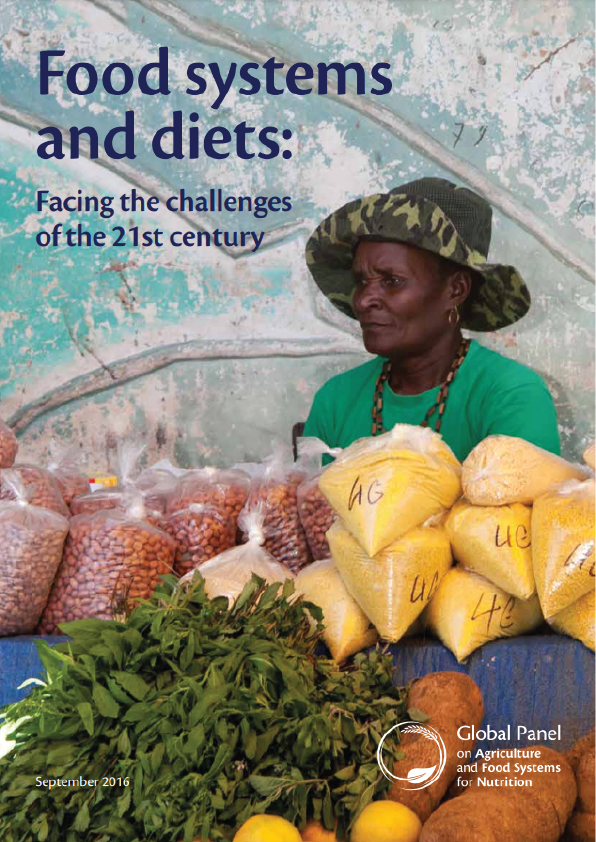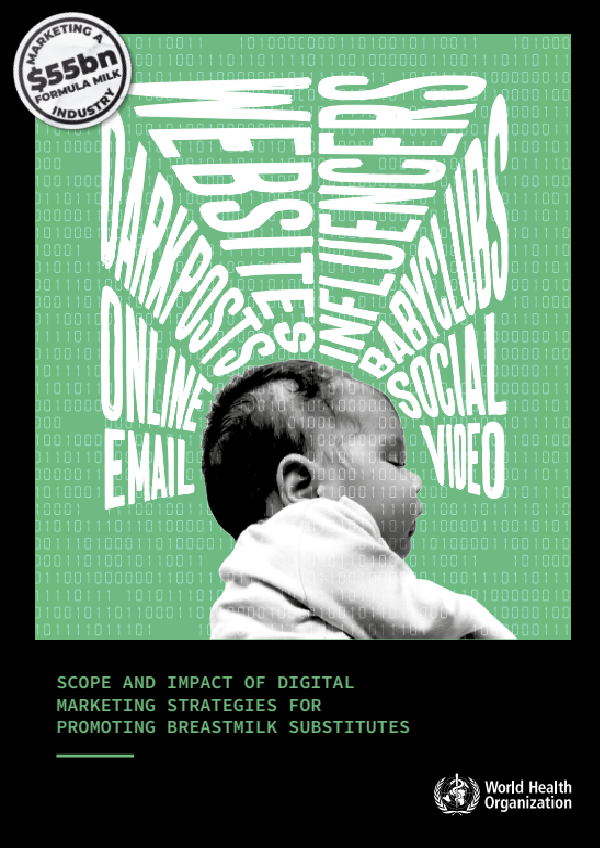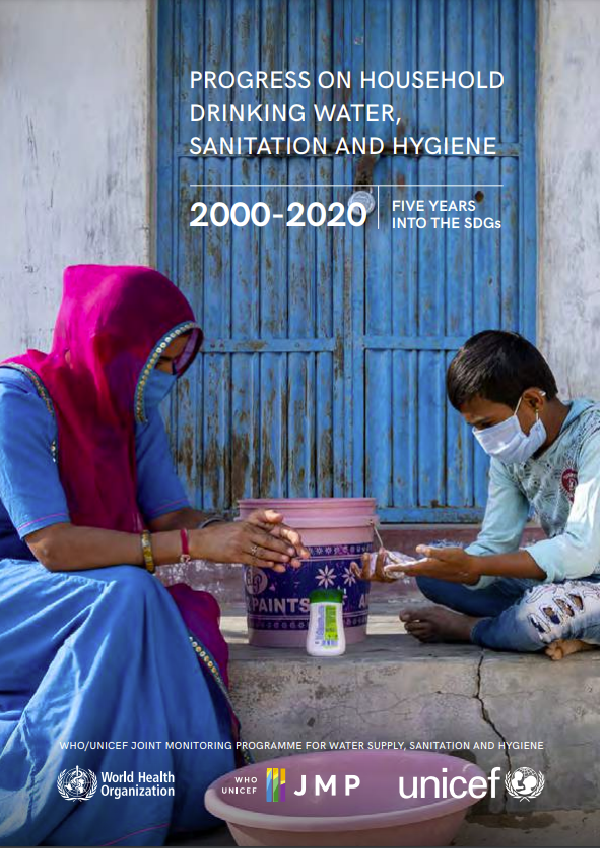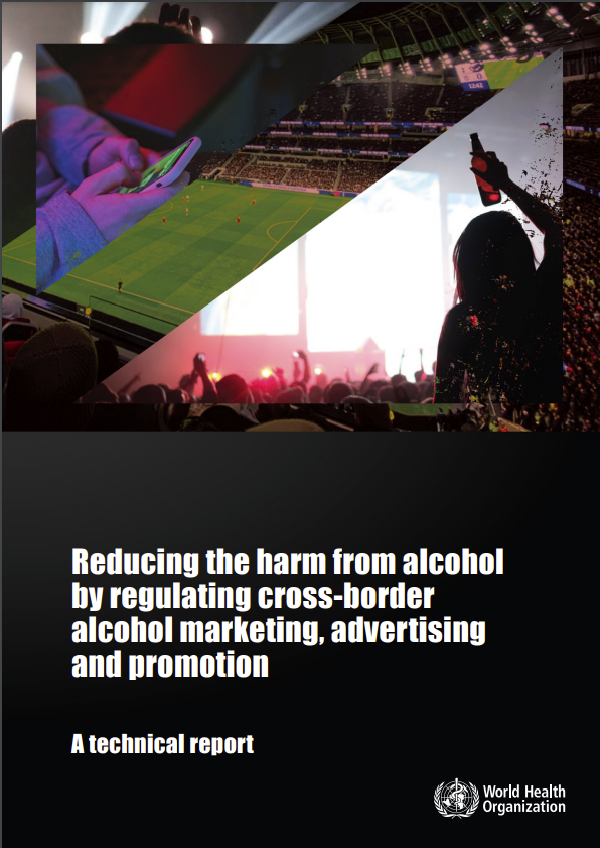One person dies from alcohol-related harm every minute in the Western Pacific Region. Due to their biological and psychological vulnerability, young people are more at risk of alcohol-related injuries, risky sexual behavior, and suicidality. Excessive alcohol consumption can impair relationships and participation in education and employment.
Drinking is occurring more frequently, and beginning at younger ages. One in three current drinkers in the Region aged 15 to 19 years have engaged in excessive drinking.
Effective interventions are available to protect younger generations from alcohol-related harm we must act now.
HOW ALCOHOL HARMS
The self
Drinking alcohol negatively affects balance and motor skills. The effects can be especially pronounced in young people*, even at low levels of consumption.
With drinking, there is a higher risk of:
• abnormal brain development, leading to memory and learning impairment
• academic problems, such as low grades in school
• psychiatric disorders, such as depression and anxiety
• drug abuse and tobacco use
• noncommunicable diseases, such as cancer of the oral cavity, pharynx, larynx, esophagus, liver, colorectum, and female breast; cardiovascular disease; and liver cirrhosis
The self and other individuals
With drinking, there is an increased risk of:
• road traffic injuries
• violence
• risky sexual behaviors (with related risks of unwanted pregnancies and sexually transmitted infections)
To society
Harmful drinking entails economic costs, such as increased expenses for health care, law enforcement, and other criminal justice services, and repairing property damage and loss. Together, these impacts far outweigh the revenue from alcohol.
Economic costs of alcohol consumption also include losses in workplace productivity and efficiency resulting from impaired health and premature death.
Drinking involves a wide range of physical and emotional consequences, from a temporary hangover to the lifelong pain of losing a loved one in an alcohol-related road traffic crash.
THE PROBLEM IS WORSE THAN YOU THINK.
Alcohol use crosses ages, cultures, and social situations. It may be tempting to dismiss alcohol as a known or innocuous substance, yet many popular beliefs regarding alcohol are misleading.
WHY DO YOUNG PEOPLE DRINK?
Young people drink for a variety of reasons. Complex, interrelated factors influence young people’s drinking behavior and consequences.
It’s accessible.
Laws on drinking and purchasing alcohol vary from place to place. While laws in some countries and areas establish a minimum drinking age—deterring underage drinking— others merely provide for a minimum alcohol purchase age. Some countries and areas do not have any laws on drinking or purchasing age.
Physical environment factors such as location and business hours of alcohol outlets also affect access to alcohol. Young people living in neighbourhoods where alcohol outlets are concentrated tend to drink more. In many countries and areas, home-produced alcoholic beverages are available, and commercially produced alcoholic beverages are often sold at affordable prices, which allows more consumption by young people.
It’s accepted.
How young people perceive drinking norms has a significant impact on their drinking behaviour. For instance, young people who live in a community where binge drinking (episodic heavy drinking with the intention of getting drunk) is seen as daring and tough may try to drink more. Norms are also reflected in the laws of a community pertaining to drinking and how strictly these laws are enforced.
Home and peer circles are also significant factors in the drinking patterns of young people. Parents who drink more and have a higher tolerance for drinking tend to have children who drink more as well. In addition, parents and peers can be sources of alcohol when young people themselves have difficulty purchasing it.
It’s made attractive.
Alcohol marketing, depicting drinking as cool, done by beautiful people and in marvellous situations, has been an effective method of affecting alcohol-related attitudes and perceptions among young people. Many of these methods are similar to those used for tobacco marketing.
